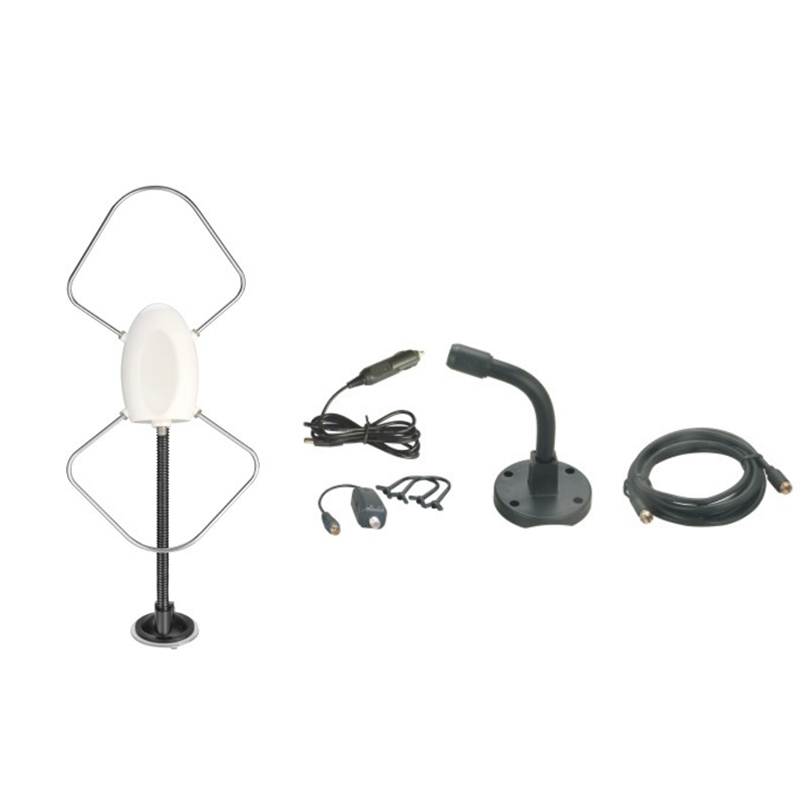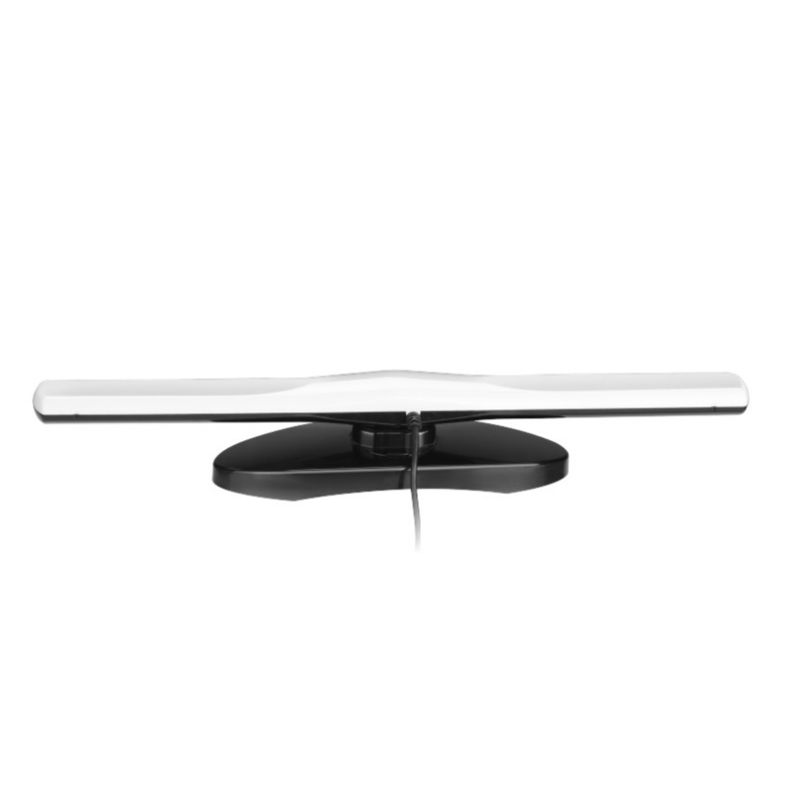Frequency range: 26.5- 28MHz SWR: ≤1.2:1 Max. power: 35W continuous 250W Short time Bandwidth at S.W.R. 2:1: 1900KHz Impedance: 50ohm Whip length: 1200mm Adjustment: 0~90° Cable Length: RG58/157" Po...
See DetailsWhat is the impact of the height of the CB Antenna on signal transmission?
In the field of wireless communications, the height of the CB Antenna is an important factor affecting the signal transmission effect.
A higher CB Antenna height helps to expand the coverage of the signal. As the antenna height increases, the path loss of signal propagation decreases. This is because in the free space propagation model, the signal strength is inversely proportional to the square of the propagation distance, and a higher antenna position can reduce the probability of the signal being blocked by obstacles during propagation, so that it can be transmitted to a longer distance. For example, in a field communication scenario, after raising the vehicle-mounted antenna to a certain height, the vehicle can establish a stable connection with a base station or other communication equipment at a longer distance, effectively expanding the communication range, which is of great significance for communication security in industries such as off-road exploration and long-distance logistics transportation.
Antenna height also affects the signal reception sensitivity. A higher antenna position can reduce the impact of ground reflection waves and surrounding environmental interference on the signal. In an urban environment, factors such as buildings and terrain can cause multipath propagation of signals, resulting in signal fading and interference. Properly increasing the height of the vehicle-mounted antenna can enable the antenna to receive more signals from the direct path and reduce the proportion of multipath reflection signals, thereby improving the signal reception quality and sensitivity. For example, in a city with tall buildings, vehicles with vehicle antennas installed higher on the roof can often receive radio or mobile network signals more clearly than vehicles with antennas installed lower.
However, the higher the antenna height, the better. Antennas that are too high may face stronger wind forces, which will place higher requirements on the mechanical stability of the antenna and increase installation and maintenance costs. At the same time, in some specific environments, such as mountainous areas or tunnels with complex terrain, antennas that are too high may be blocked by local terrain or affected by signal reflection, resulting in poor signal transmission.

 English
English Español
Español













Contact Us